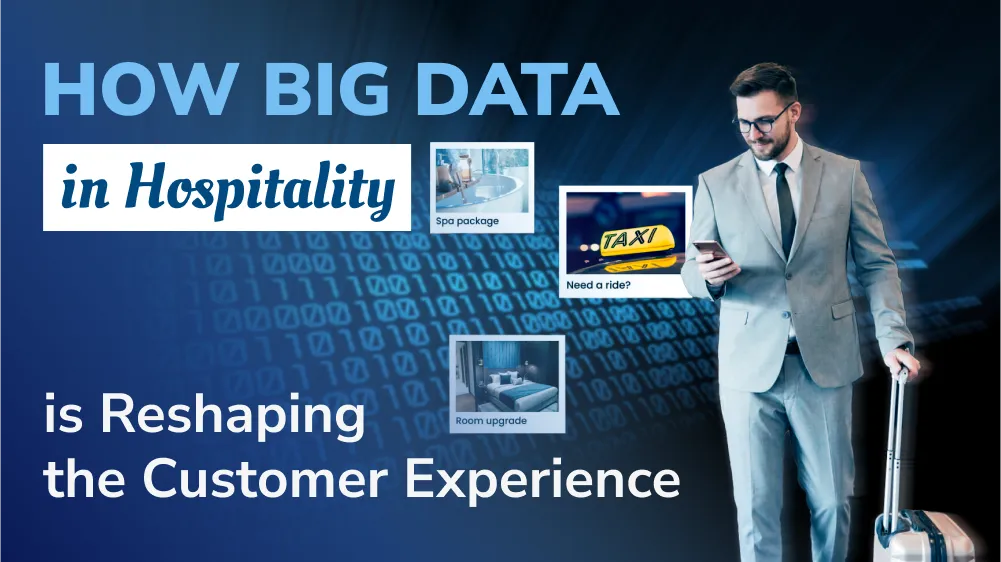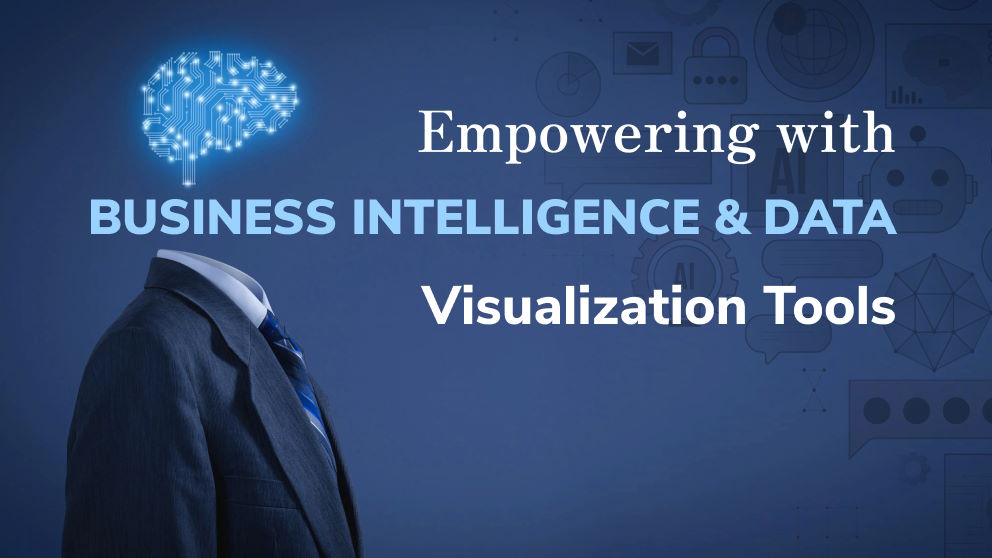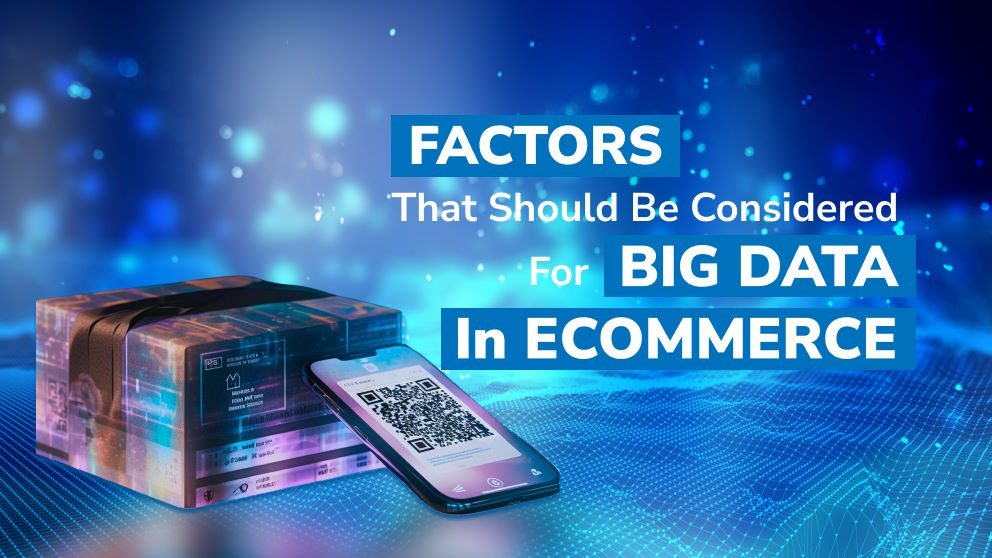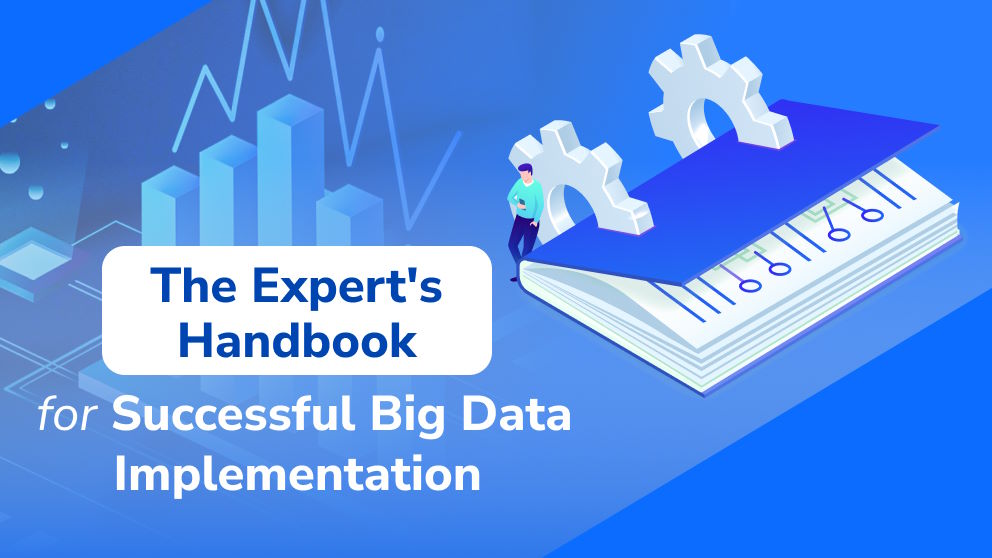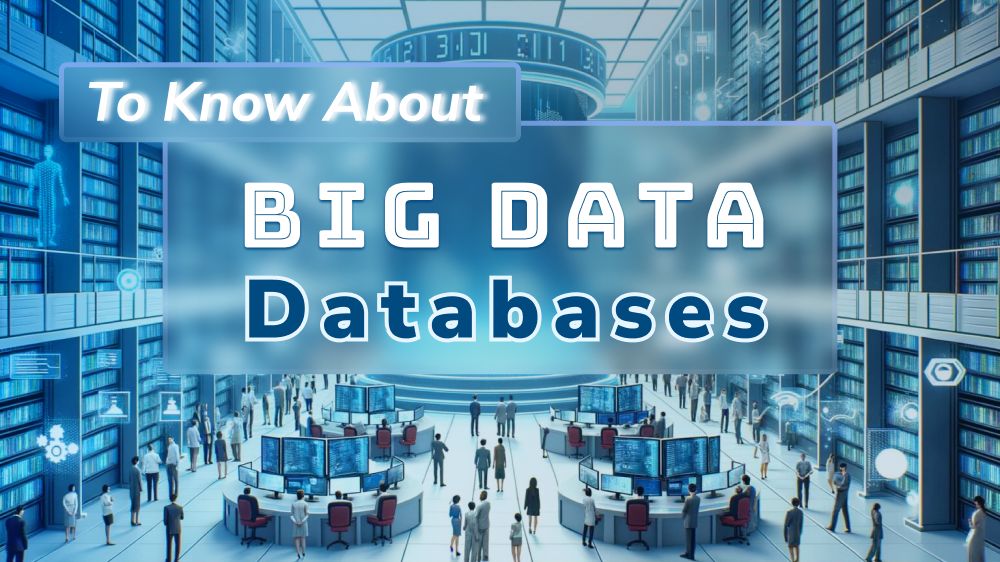
Understanding the Essentials of Big Data Databases
Big data databases help businesses and organizations make sense of, and act on, the insights revealed by big data. Here is what you need to know about them.

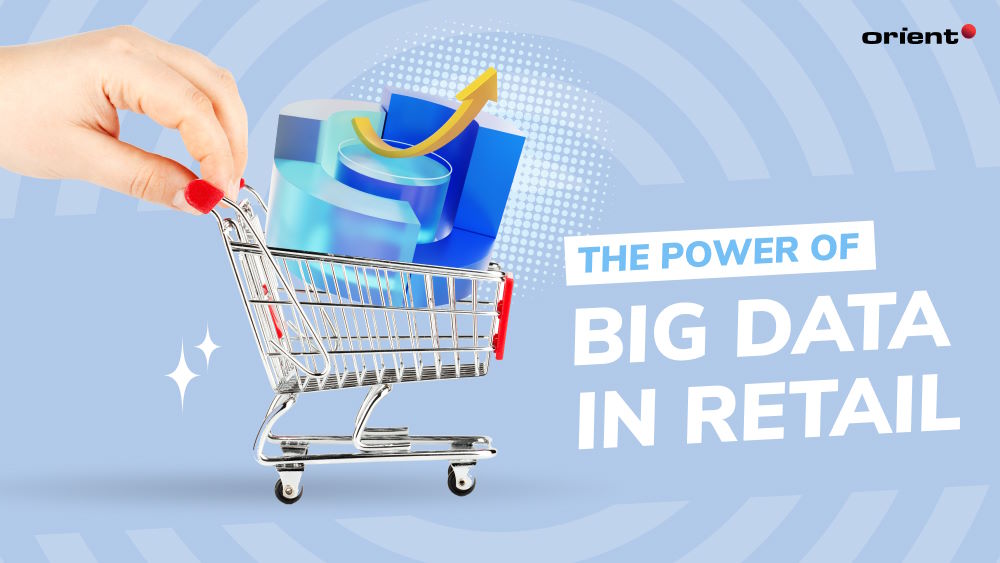
Big data has been around for some time. No longer exclusive to the technology sector, big data and big data analytics have empowered businesses with data-based decisions. It has also been transforming what it means to have a meaningful relationship with a customer.
One such industry that greatly benefits from big data is retail. Retailers who understand the power of big data may leverage it to reshape their operations, then the businesses, and eventually, the entire industry.
So, how and why does big data in retail give retailers a competitive edge?
In order to fully understand what big data in retail is, we first need to understand two important terms: Big data and retail data analytics.
Big data is the term for the enormous, varied sets of information that multiply at an exponential rate. It includes the quantity of data, the velocity or rate at which it is generated and gathered, and the variety or range of the data points being covered (together referred to as the “three v’s” of big data). Data mining is a common source of big data, which comes in various formats.
When it comes to big data in retail, sales, product, customer, inventory or stock, supply chain, and other types of structured or unstructured data are just a few examples of the many different types of data that exist. There are even subcategories for some forms of data; for instance, consumer data can be categorized as identity data, behavioral data, descriptive data, or qualitative data.
The set of activities - collection, organization, analysis, and presentation of data - that is significant in terms of volume, velocity, and diversity is known as big data analytics. Retail data analytics is the process in which retailers collect data and analyze data to acquire insights into the previously inaccessible.
As you might have predicted, there is a wide range of data. Depending on what your goals are, each type of the four types of data analytics seeks to answer different questions.
Descriptive Analytics
The main goal of this analytics is to answer the question of “What has already happened?”. By examining past performances, it seeks to recognize trends and patterns in the retail market.
Diagnostic Analytics
“Why did it happen?” is what diagnostic analytics tries to identify. By performing this type of analytics, you are looking to determine the root of the cause or any existing correlation. It is the logical next step after descriptive analytics.
Predictive Analytics
When working on this kind of big data analytics, you are trying to answer, “What could happen in the future?”. With the help of machine learning and techniques like data mining, the team is trying to make educational guesses and forecasts based on historical data. Predictive Analytics is extremely valuable in the retail industry.
Prescriptive Analytics
“Knowing the future possibilities, what should we do?” is the question of this kind of retail data analytics. On the opposite of descriptive analytics, prescriptive analytics tries to suggest the best course of strategy or action based on past and current performance data as well as available resources.

After understanding what big data and retail analytics are about, the natural next question is why retail businesses should invest in big data. The short answer is that data-driven insights give companies a competitive edge. The longer answer requires more explanation.
When accessing a webpage, you are often informed that this website “uses cookies” and then asked whether you accept it or not. “Cookies” are tiny bits of text that a website sends to your browser that allows the website to remember what you visited, how long you have been browsing, or what pages you’ve been viewing. The data then is often used for marketing strategies. You have probably noticed how there are products suggested based on your previous purchases when browsing e-commerce websites.
This is one of the many examples of how big data in retail personalizes a customer’s experience. With the data collected, companies can create specific customer profiles based on purchase history, preferences, demographic data, how often they use vouchers, and so on.
The appropriate utilization and integration of data enable businesses to develop intelligent strategies and highly personalized experiences, thereby increasing customer satisfaction.
According to a study conducted by IBM, more than half of the surveyed participants stated that customer-centric goals are their top priority.
It is impossible to control every single touch point of a customer’s journey. What you can control, however, is the quality of your service and products, as well as your brand image. By being aware of such fact, you can use retail data analytics to access valuable insights regarding your target customer’s behavior, such as:
Extensive insights allow you to deliver customer-centric products, impactful marketing campaigns, and better market opportunities.
The market is increasingly becoming narrow. Retail companies need to come up with the right price strategy to stand out while still making a profit.
Pricing is heavily influenced by a customer’s location and purchasing preferences. In order to come up with an effective dynamic pricing strategy, companies may use different types of data to determine product prices. This data might involve frequently searched keywords or any customer-related data. Then, test prices should be run to see what the response is. Gradually, retailers will be able to determine competitive prices that boost revenue, offer suitable discounts, and enhance inventory turn.
With the help of predictive analytics and collected historical data, demographic data, behavioral data, and other preference data, organizations often are capable of making informed decisions regarding future campaigns or warehouse space estimations.
Accurate forecasting gives companies time and space to distribute resources throughout the year in the most efficient way and to stay on top of the customer’s demands. For example, during festive seasons, customers are likely to spend more. The data then prompts companies to make suitable adjustments accordingly regarding promotions or certain customer groups.
After the pandemic and other global events, businesses have been constantly working on improving their resiliency in the face of supply chain disruptions.
As disruptive events unfold, data scientists keep a close eye on its consequences on the business’s bottom line - profits. Then, businesses might come up with backup plans to mitigate risks regarding inventory management, warehouse space, or other kind of transportation delays.

Understanding big data’s many advantages for the retail industry is crucial, but it is just as critical to be aware of the risks that organizations may run into when using it.
The massive amount of raw data generated daily can seem daunting to some businesses. They are often so busy storing, analyzing, and understanding the data that regulations about data protection often come as an afterthought.
Make sure you and your team of data scientists have a clear understanding of the laws so as not to suffer from expensive financial penalties or other financial losses because of data breaching.
Another point worth mentioning is how to properly handle the data. Beyond the legal requirements, treating data appropriately to prevent sharing with any other parties is another challenge. This could entail safeguarding its storage, establishing strict firm policies, training staff members on data handling, and so on.
Even though the technology is the foundation of big data analytics, it is evolving by leaps and bounds, so it can be challenging to keep up with it. Without adequate investment and knowledge to properly employ such advanced technologies, the effectiveness of data analytics might be negatively affected.
Technology is not the answer to every problem.
This is not to say that the massive collected data is useless. What we mean is that without the right professionals who make sense of the raw data, it is easy to get stuck. You need someone with the right knowledge to interpret the data to come up with actionable plans. You might even need to train your employees - after all, most have never worked with big data before. Another option is searching for big data tools powered by artificial intelligence or machine learning.
Big data is transforming the retail sector. Customers are often particularly keen on technological advancement and expect companies to keep up, too.
Therefore, in order to survive in a consumer-driven economy, retailers need to learn how to leverage the constantly expanding amount, velocity, and diversity of new and existing data. This also means implementing the necessary skills and technologies to better understand operations, customers, channels, and the market as a whole.
And in such a scenario, companies, especially young or newborn ones, should be accompanied by a reliable technical partner who can provide professional guidance ad assistance as well as support with expertise and experience in the IT sector. Of that, you are definitely seeking who we are - Orient Software. Why Orient? We have been the strategic IT partners of many organizations and played a crucial part in numerous successful projects of different scales. And yours can be our next. For further information, please get in touch with us, and we will respond to you promptly.
Big data databases help businesses and organizations make sense of, and act on, the insights revealed by big data. Here is what you need to know about them.
Discover the advantages and challenges of using big data in the hospitality industry, along with the benefits of big data outsourcing to software companies.
Unlock the full potential of your data with our top picks for business intelligence and data visualization tools. Make informed decisions today.
Discover the key factors to consider for big data in eCommerce. Unlock the power of big data to drive growth and enhance customer experiences.
Gaining a deep understanding of big data helps speed up the big data implementation process. Here is an expert’s handbook that you should not miss.
